At a time when the impact of the female gaze and its importance in photography has become a part of public discourse, Latina photographers are stepping up to share images where women hold the power.
Below, we’re highlighting some living Latina photographers — both established and emerging — who are making major strides in representing their community. While some photographers overtly address Latina identity, others challenge, defy, and transcend expectations, offering a multi-angled view of their experiences. Check out their works, which shed light on communities that often can’t tell their own stories.
Dulce Pinzón
Photographer Dulce Pinzón often looks at the way that visual culture makes up our interpretation of the world, specifically when it comes to race. “The Real Story of The Superheroes,” a photography series and book, highlights the stories of immigrants in the United States. Each photograph shows a subject at work — or at common spaces like the laundromat — dressed in a full superhero costume. The accompanying text includes information on their country of origin, and how much money they regularly send back home. The book has been presented in English, Spanish, and French.
Laura Aguilar
As a student in East Los Angeles, photographer Laura Aguilar didn’t often feel like her professors understood her work. Since the 1980s, she has explored mental health, body image, Chicana identity, and sexuality. In many instances, her photography integrates the thoughts of others: their writing on the meaning of Chicanx identity or their reflections on their bodies. “Laura Aguilar: Show and Tell” was the artist’s first retrospective and resulted in the very necessary accompanying book of the same name.
Graciela Iturbide
Graciela Iturbide almost became a film director, and in many ways her photographs retain a similarity to film in their composition and storytelling. Now 75, the Mexican photographer has spent decades taking photographs around the world, snapping images everywhere from North America to East Germany. Iturbide continues to be an influence on new generations of artists today.
Star Montana
Los Angeles-based photographer Star Montana puts the stories of her subjects front and center through portraits that carry an undeniable immediacy. Montana often captures the denizens of Los Angeles and the neighborhoods that go unnoticed.
Her 2017 exhibition “I Dream of Los Angeles” featured accompanying wall text with narratives about each subject and their relationship to the city. Although site-specific in some ways, her photography taps into generational differences, family ties, neighborhood pride, cultural identity, and other themes of relevance to groups beyond L.A.
Elia Alba
In 2012, Elia Alba created a “critical historical archive of this moment” through a series of dinners and photographs featuring artists of color. “The Supper Club” gathers artists for lively conversations; recordings of these conversations, Alba’s photographs, and an upcoming book make up this multi-layered art project. Each photographs reframes the subject as another personality, such as artist Juana Valdes posed as a Yoruba spirit in “The Orisha (Juana Valdes).” Her photographs offer a look at creatives of color and the complex conversations they are having both through their art and around the dinner table.
Devyn Galindo
Just a few days after the presidential election, Devyn Galindo released her photography book “We are Still Here.” The title refers to Chicanx and indigenous movements of resistance happening in Los Angeles. Galindo employs her camera to capture the energy and strength of youth in the city trying to make their voices heard. In an interview with Vice’s i-D, Galindo shared that the book represented her own generation but also for younger ones too: “I felt like it was important to create a book that my little cousins could see and feel proud of where they come from.”
Delilah Montoya
Since the mid-80s, Delilah Montoya has worked with photography, installation, and other media to explore the visual language and cultural identity of Chicanx/Latinx communities. Whether focusing on the urban legend of La Llorona or exploring the use of prevalence of Virgen de Guadalupe tattoos, Montoya takes a closer look at cultural signifiers and beliefs. One of her most recent series, “Contemporary Casta Portraiture: Nuestra ‘Calidad’” looks at “the ethnic roots of families with colonial heritage,” as she explains in an artist statement. The “16 genre portraits along with DNA test results” take into consideration both family and colonial history.
Kathy Vargas
Using a 4x5 camera and double exposure, Kathy Vargas creates haunting images that linger in your mind. She hand-colors each piece, making some details pop even further amidst her complex compositions. In a video for the Smithsonian American Art Museum, Vargas explains that her work explores “the life, death, resurrection process.” She also explores her upbringing in Texas, social justice and family history. Combining classic photography techniques with contemporary themes and stories, she invites viewers to find the symbols in her layered work.
Helemozão
Helen Salomão, also known as Helemozão, focuses her photographic practice on creating higher visibility for Afro-Brazilians. The Salvador de Bahia photographer recently showed her work as part of the exhibition “Axe Bahia: The Power of Art in an Afro-Brazilian Metropolis.” Her series “Casa Corpo Pele Parede” features photographs women from various life backgrounds. The photographer asked them to reflect on their life, skin, and bodies, and each story was an intimate look at each woman’s body as it related to her life story.
Groana Melendez
Bronx-based Groana Melendez captures the experience of exploring one’s identity as a first generation American in a hauntingly beautiful way. Through photography, she looks at the web of connections between her “family, the Dominican Republic, and the United States,” as she states on her website. “El Nombre Mío, Ajeno” looks at the two parts of her identity as it was shaped by both the U.S. and her own family. The resulting photographs lead the viewer into intimate scenes of family and home, making for a series that feels immediate yet nostalgic.
While keeping her focus on the people and spaces around her, Leysis Quesada Vera photographs external scenes that reveal her own interiority. She hopes to fight stereotypes of women by photographing, as she explains on her site, “their torments, situations and loneliness.” The photographer also pays homage to her childhood by capturing moments that show “the reality of Cuba today.” Her series “Devoción,” offers an insider look at intimate communities, in this case a group of nuns going about their daily practice.






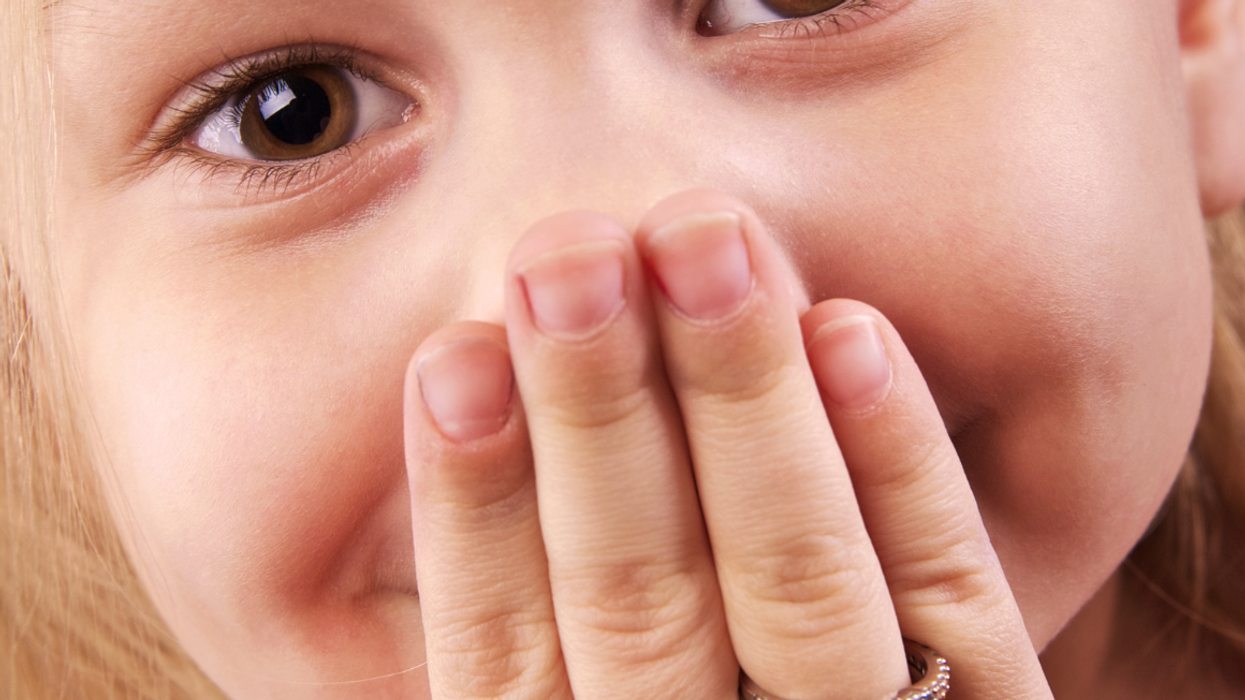
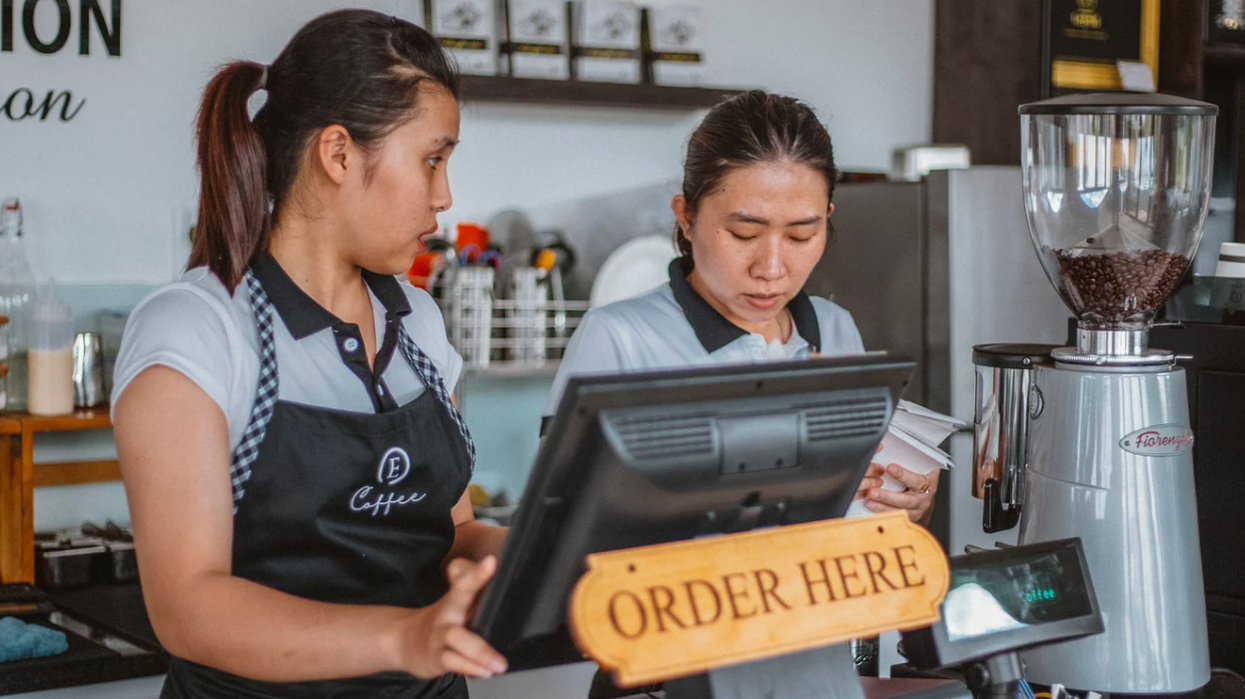
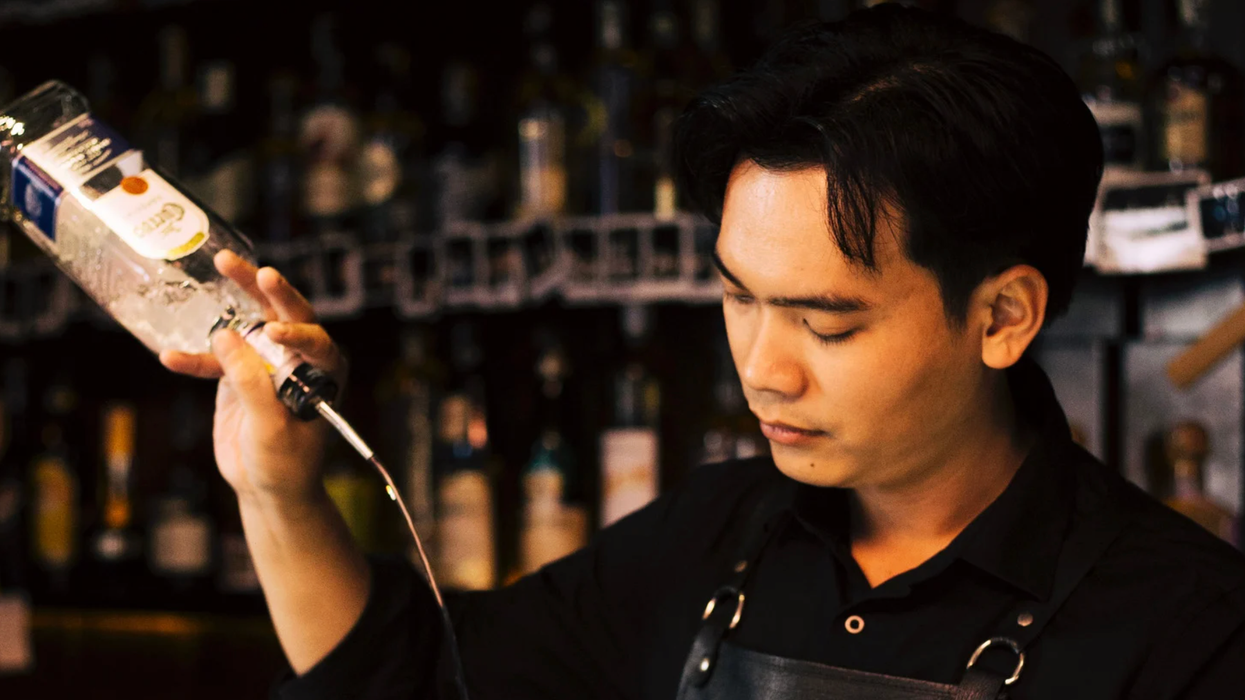
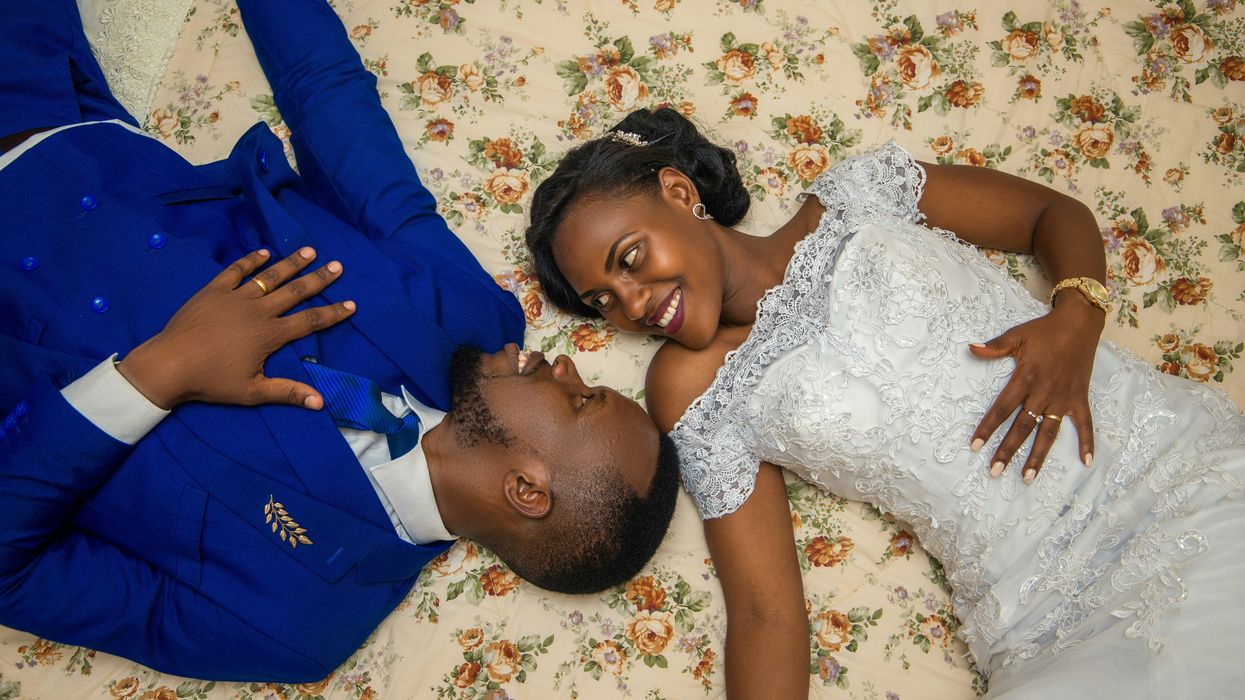
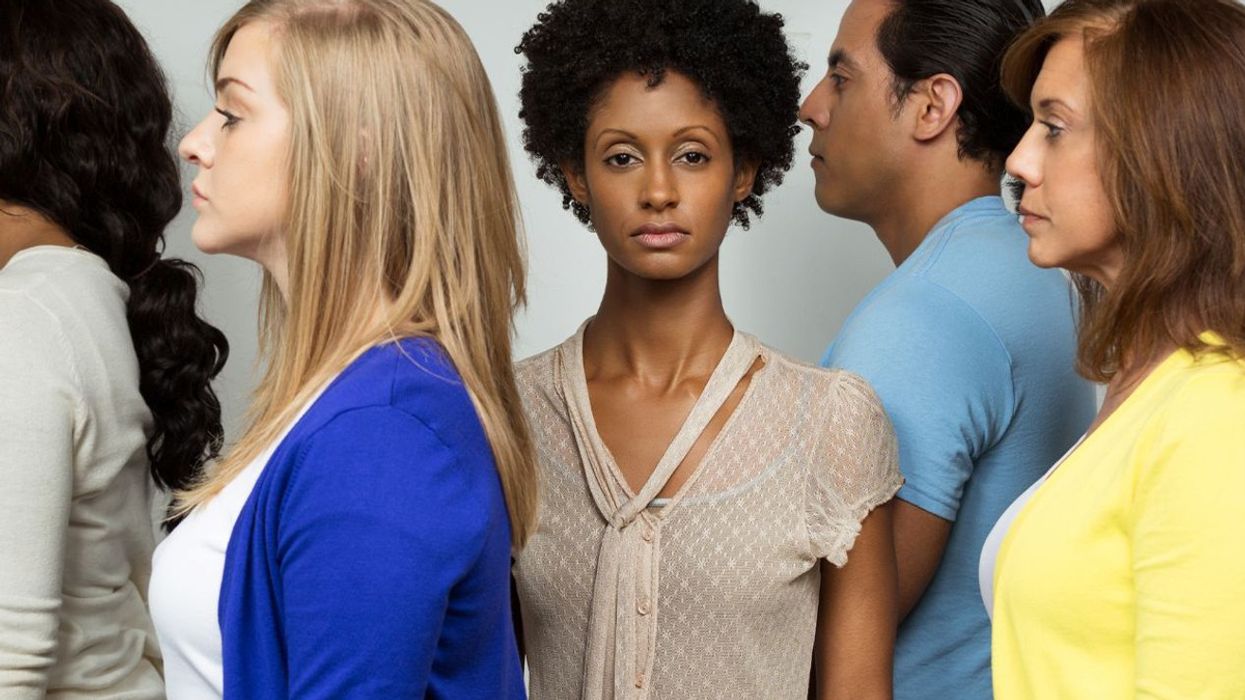

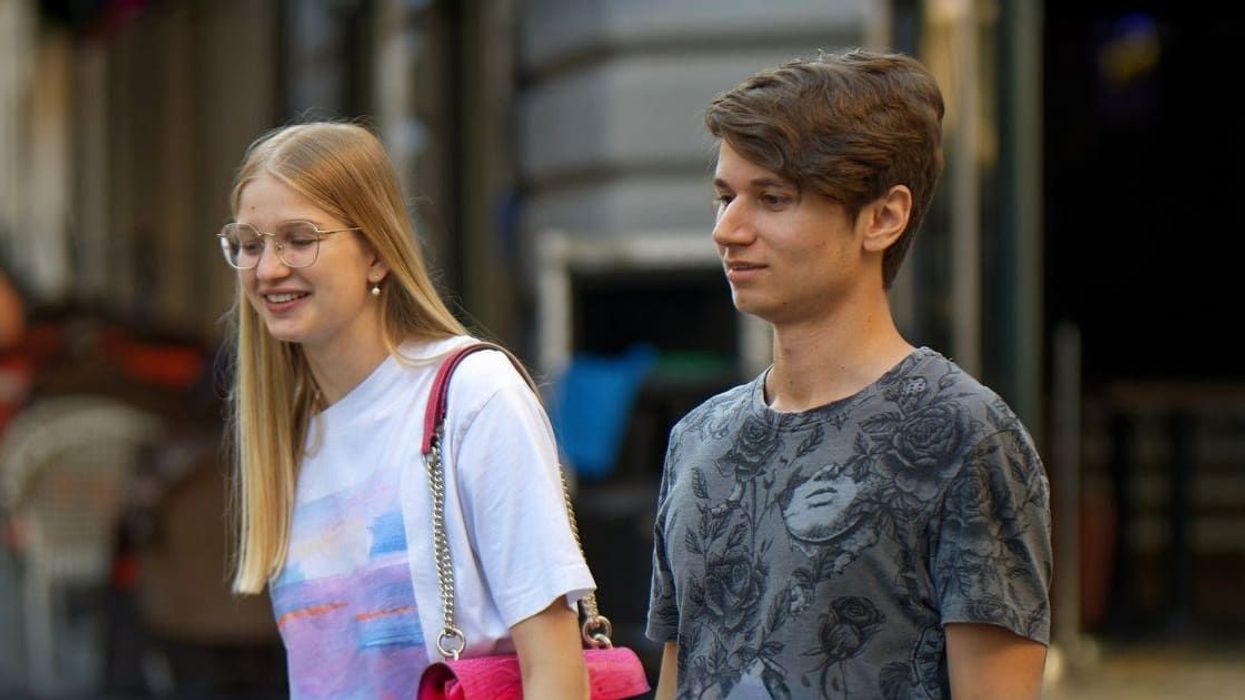



 Otis knew before they did.
Otis knew before they did.